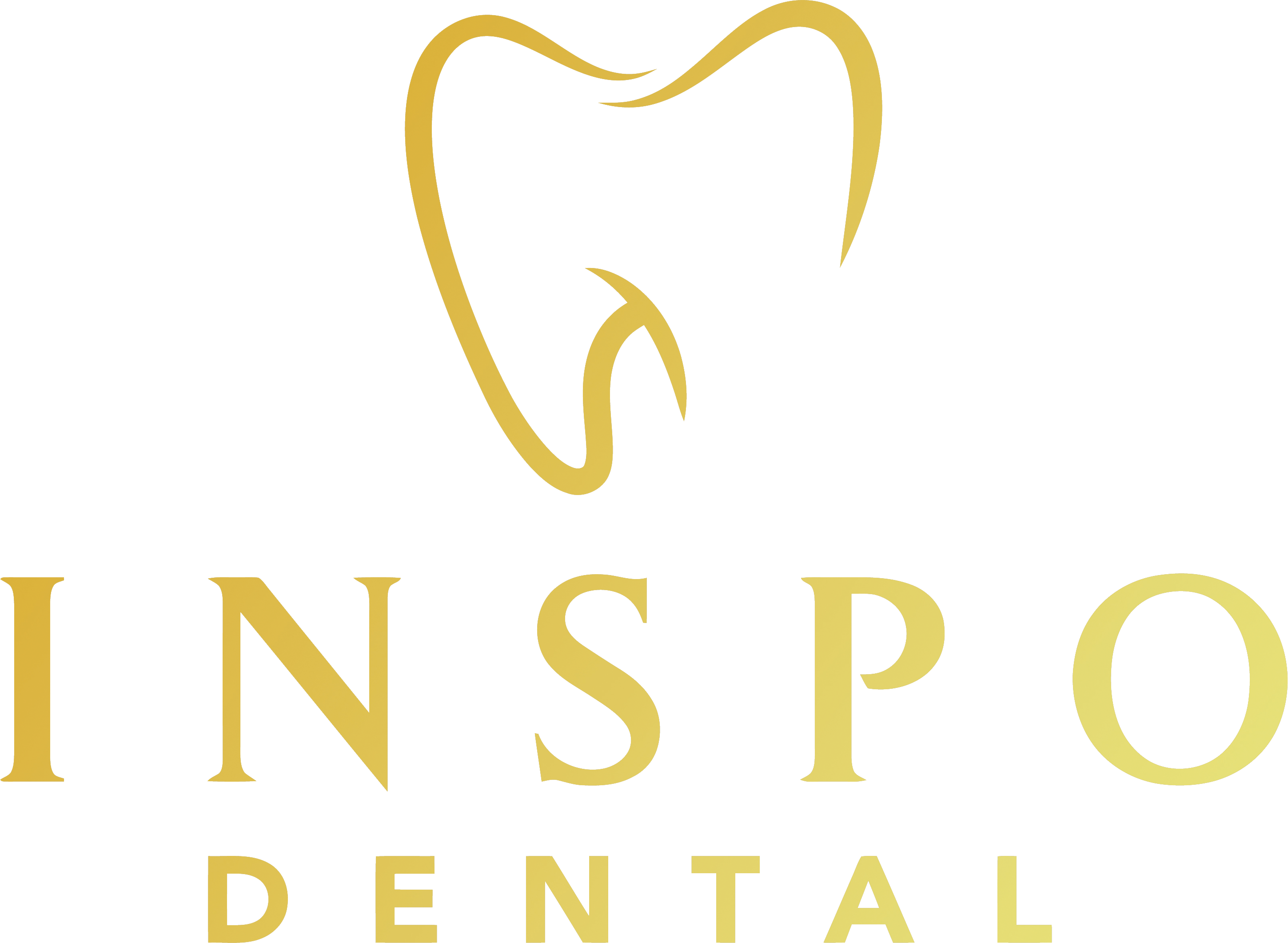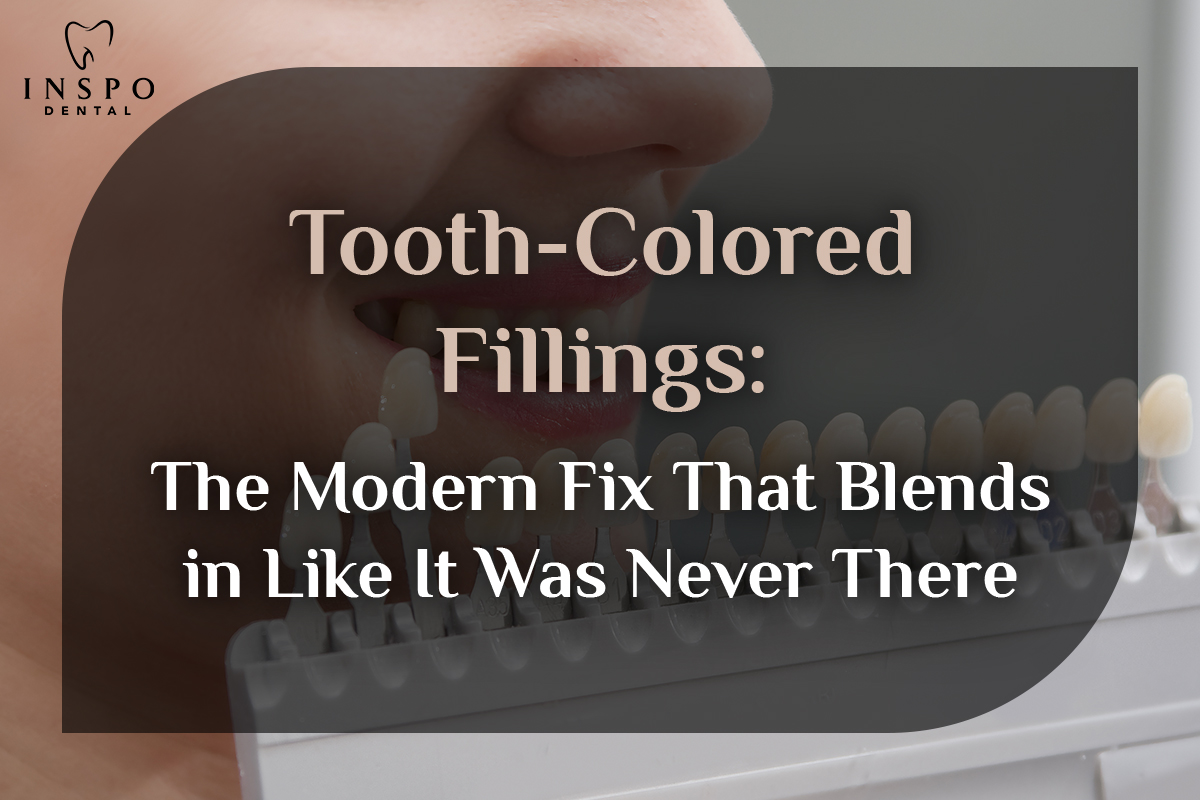Teeth grinding, or bruxism, is a common condition that can lead to various dental issues, such as tooth wear, fractures, and jaw pain. Implementing effective strategies to manage and overcome bruxism is crucial for maintaining oral health. One of the primary methods to prevent damage from teeth grinding is the use of mouthguards. These devices, also known as night guards or occlusal splints, can be worn during sleep to protect teeth from grinding and clenching. Custom-fitted mouthguards provided by a dentist offer better protection and comfort compared to over-the-counter options, reducing tooth damage and jaw strain.
Managing stress is also essential in addressing bruxism, as stress is a significant trigger. Techniques such as meditation, mindfulness, regular exercise, and counseling or therapy can help reduce stress levels and promote relaxation, thereby reducing the tendency to grind teeth. Behavioral therapies, including biofeedback and cognitive behavioral therapy (CBT), can help individuals become more aware of their grinding habits and learn techniques to control them.
In some cases, medication may be prescribed to manage bruxism, particularly when it is related to stress or anxiety. Muscle relaxants taken before bedtime can relax the jaw muscles, while Botox injections can reduce muscle activity and alleviate grinding. For those who have significant dental issues due to bruxism, corrective dental procedures such as dental crowns to repair and protect damaged teeth, or orthodontics to correct misaligned teeth, may be necessary.
Lifestyle changes can also play a significant role in managing bruxism. Reducing or eliminating the intake of stimulants such as caffeine and alcohol, especially before bedtime, can help. Additionally, maintaining good sleep hygiene by ensuring a consistent sleep schedule and creating a relaxing bedtime routine can reduce the frequency and severity of teeth grinding.
In addition to the primary strategies for overcoming teeth grinding or bruxism, there are several supplementary approaches that can enhance the effectiveness of treatment. Regular dental check-ups are crucial, as they allow for early detection of bruxism and any related dental issues. Dentists can monitor the condition of teeth and recommend appropriate interventions as needed. Early detection can prevent severe damage and help maintain overall oral health.
Another effective strategy is the implementation of relaxation techniques before bedtime. Engaging in activities that promote relaxation, such as reading, taking a warm bath, or practicing deep-breathing exercises, can help reduce muscle tension and the likelihood of teeth grinding during sleep. Incorporating a consistent pre-sleep relaxation routine can significantly lower stress levels and promote better sleep quality.
Adjusting one’s diet can also be beneficial. Avoiding foods and drinks that are high in sugar and acidity can help maintain dental health and reduce the risk of tooth damage from grinding. Additionally, staying hydrated is important, as dehydration can contribute to muscle tension and exacerbate bruxism.
For individuals with severe bruxism, seeking professional help from a specialist such as a sleep medicine doctor or a neurologist may be necessary. These specialists can conduct comprehensive evaluations to determine if underlying conditions, such as sleep apnea or neurological disorders, are contributing to the teeth grinding. Addressing these conditions can lead to more effective management of bruxism.
Furthermore, using biofeedback devices that monitor jaw muscle activity during sleep can provide valuable data and help individuals learn to control their muscle movements. These devices can be particularly helpful for those who find it difficult to recognize and manage their teeth grinding habits.
Another effective measure for managing bruxism is the establishment of a supportive sleep environment. Ensuring that the sleep environment is conducive to relaxation can significantly impact the quality of sleep and reduce the likelihood of teeth grinding. This involves keeping the bedroom dark, quiet, and cool, as well as removing electronic devices that may disrupt sleep. Additionally, using white noise machines or earplugs can help drown out background noises that might disturb sleep.
Incorporating jaw exercises into the daily routine can also help manage bruxism. Specific exercises designed to strengthen and relax the jaw muscles can alleviate tension and reduce grinding. These exercises, often recommended by physical therapists or dentists, can include simple stretching and relaxation techniques.
It’s also beneficial to be mindful of daytime habits that might contribute to bruxism. Avoiding chewing gum or biting on non-food items like pencils or pens can help reduce muscle tension and prevent the development of grinding habits. Being aware of and correcting improper jaw posture throughout the day can also be advantageous. Keeping the jaw relaxed, with teeth slightly apart and lips closed, can help reduce strain on the jaw muscles.
For those experiencing severe or persistent bruxism, exploring alternative therapies such as acupuncture or chiropractic care might provide relief. Acupuncture has been shown to help reduce stress and muscle tension, potentially alleviating the symptoms of bruxism. Similarly, chiropractic adjustments can improve overall body alignment, which might contribute to a reduction in teeth grinding.
In cases where traditional treatments do not provide sufficient relief, newer technologies such as neurostimulation devices may be explored. These devices work by sending mild electrical impulses to the nerves that control jaw muscles, helping to reduce the involuntary muscle contractions that cause grinding.
Lastly, educating oneself about the condition and staying informed about new treatments and research can empower individuals to take proactive steps in managing their bruxism. Joining support groups or online forums where experiences and solutions are shared can provide additional support and insight.
Additionally, integrating a holistic approach that considers overall health and well-being can be highly beneficial in managing and overcoming bruxism. This includes maintaining a balanced diet rich in essential nutrients that support muscle health and function. Foods high in magnesium, such as leafy greens, nuts, and seeds, can help relax muscles and reduce tension. Staying hydrated is equally important, as dehydration can exacerbate muscle cramps and tension, potentially leading to increased grinding.
Fostering good mental health practices is also crucial. Regular mental health check-ins, whether through professional counseling or personal mindfulness practices, can help address underlying anxiety or stress contributing to bruxism. Techniques such as journaling, art therapy, or engaging in hobbies that promote relaxation and joy can significantly impact overall stress levels.
Ensuring regular physical activity not only helps in managing stress but also improves overall physical health. Activities such as yoga, tai chi, or pilates can enhance muscle flexibility and relaxation, particularly in the neck and jaw areas, which can be beneficial for those suffering from bruxism.
Another useful strategy is tracking and monitoring bruxism patterns. Keeping a journal to note when and under what circumstances teeth grinding occurs can help identify triggers and patterns. This information can be valuable when discussing symptoms with a healthcare provider, allowing for a more targeted treatment approach.
Incorporating routine check-ins with a multidisciplinary team, including dentists, general physicians, mental health professionals, and possibly physical therapists, can provide a comprehensive approach to managing bruxism. Each professional can offer specialized insights and interventions, ensuring that all aspects of the condition are addressed.
In some cases, exploring advanced dental technologies such as dental lasers may offer new avenues for treatment. Dental lasers can be used to reshape the jaw or reduce muscle tension, providing a potential solution for those who have not found relief through traditional methods.
It’s also beneficial to stay updated with the latest research and advancements in bruxism treatment. New studies and technological advancements continually emerge, offering innovative solutions and approaches to managing this condition. Engaging with professional dental associations or subscribing to relevant medical journals can provide valuable information on emerging treatments and best practices.
Finally, fostering a supportive environment both at home and at work can help manage bruxism. Encouraging open communication about stress and promoting a culture of relaxation and stress management can reduce overall anxiety levels, thereby potentially reducing the incidence of teeth grinding.
A thorough approach to managing and overcoming bruxism includes continuous self-monitoring and adapting the treatment plan based on observed changes and outcomes. Incorporating regular feedback loops with healthcare providers can help adjust strategies as needed. For instance, if stress levels increase, revisiting and potentially increasing the frequency of stress management activities like mindfulness exercises, meditation, or counseling sessions may be beneficial.
Further integrating technology into the management plan can also provide significant benefits. Wearable technology that tracks sleep patterns and muscle activity can offer real-time data on bruxism episodes, helping to tailor interventions more effectively. Devices such as smartwatches or specialized sleep monitors can detect grinding activity and provide feedback or alerts that can be shared with healthcare professionals for more precise management.
Moreover, addressing any concurrent medical issues that might contribute to bruxism is crucial. Conditions such as sleep apnea, temporomandibular joint disorder (TMJ), and certain neurological disorders can exacerbate bruxism. Seeking treatment for these conditions can indirectly reduce teeth grinding. Continuous positive airway pressure (CPAP) machines for sleep apnea, physical therapy for TMJ, and medications or therapies for neurological issues can all contribute to a reduction in bruxism symptoms.
In addition, dietary and lifestyle adjustments, such as reducing the intake of foods and beverages that can impact sleep quality and muscle tension, play a significant role. Limiting caffeine, alcohol, and sugar, particularly in the hours leading up to bedtime, can help improve sleep quality and reduce the likelihood of teeth grinding.
For individuals with severe bruxism, exploring surgical options may sometimes be necessary. Procedures to correct jaw alignment or reduce muscle tension can provide relief when other treatments have not been effective. This should be considered a last resort and discussed thoroughly with a healthcare provider to weigh the potential benefits and risks.
Finally, patient education is a cornerstone of effective bruxism management. Understanding the condition, its triggers, and the various treatment options empowers individuals to take an active role in managing their health. Educational materials, support groups, and ongoing communication with healthcare providers ensure that patients remain informed and engaged in their treatment plans.
In conclusion, a multi-faceted and adaptive approach to managing and overcoming bruxism is essential. This includes the use of protective devices, stress management techniques, behavioral therapies, medication, dental corrections, lifestyle changes, and regular dental check-ups. Additionally, leveraging technology, addressing concurrent medical issues, making dietary adjustments, exploring surgical options when necessary, and prioritizing patient education form a comprehensive strategy for effective bruxism management. Continuous collaboration with healthcare providers ensures that the treatment plan remains effective and responsive to the individual’s needs, ultimately improving oral health and overall well-being.






